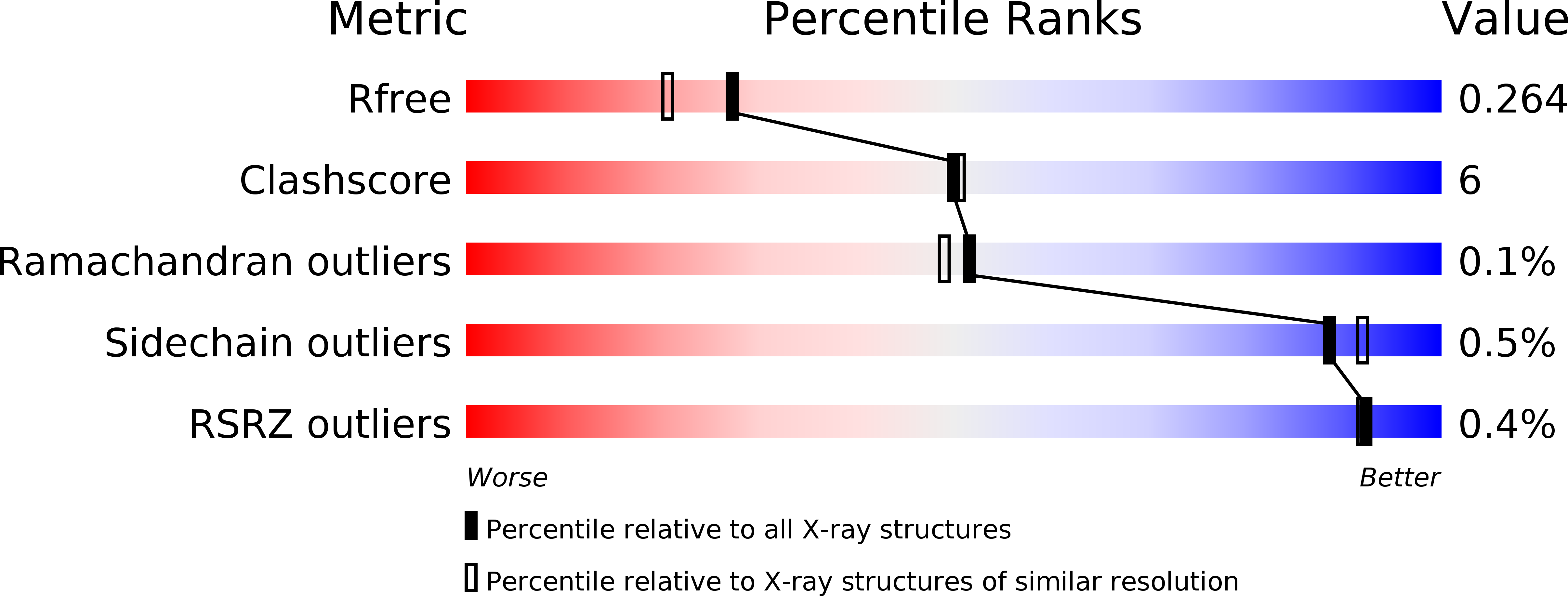
Deposition Date
2015-09-02
Release Date
2016-10-12
Last Version Date
2024-01-10
Entry Detail
PDB ID:
5AN1
Keywords:
Title:
Crystallographic structure of the Glutathione S-Transferase from Litopenaeus vannamei complexed with Glutathione
Biological Source:
Source Organism:
LITOPENAEUS VANNAMEI (Taxon ID: 6689)
Host Organism:
Method Details:
Experimental Method:
Resolution:
2.00 Å
R-Value Free:
0.26
R-Value Work:
0.21
R-Value Observed:
0.21
Space Group:
P 1 21 1


